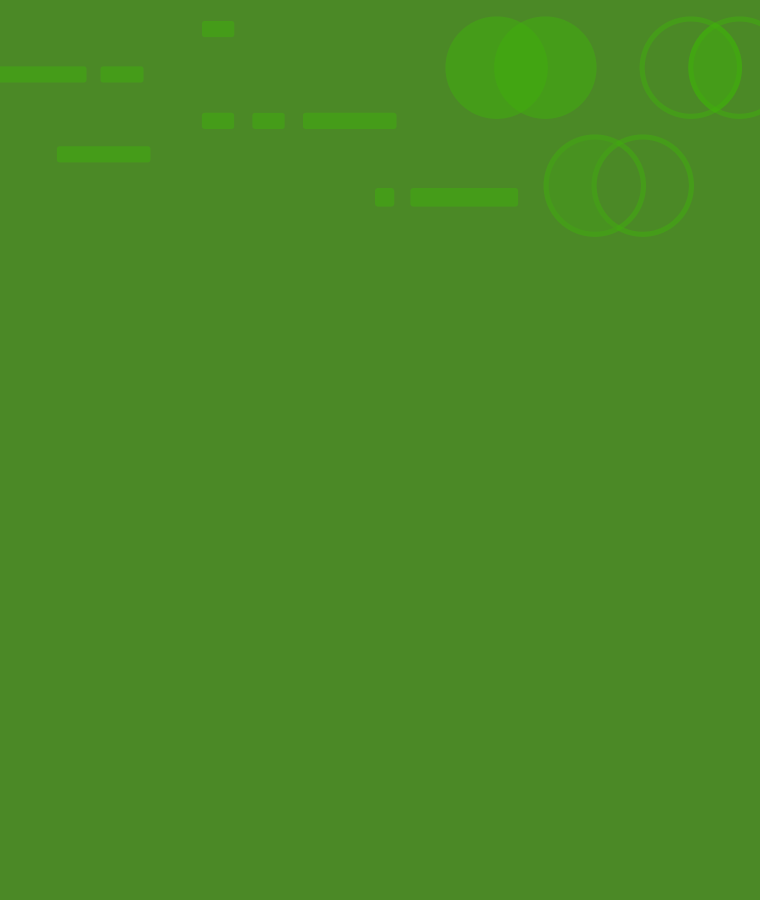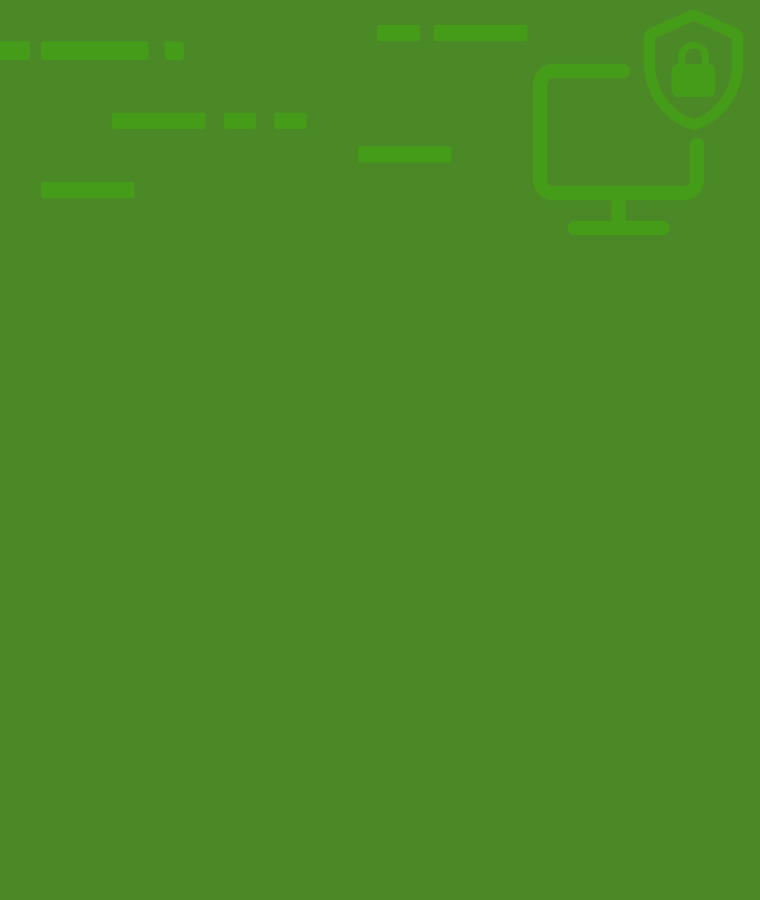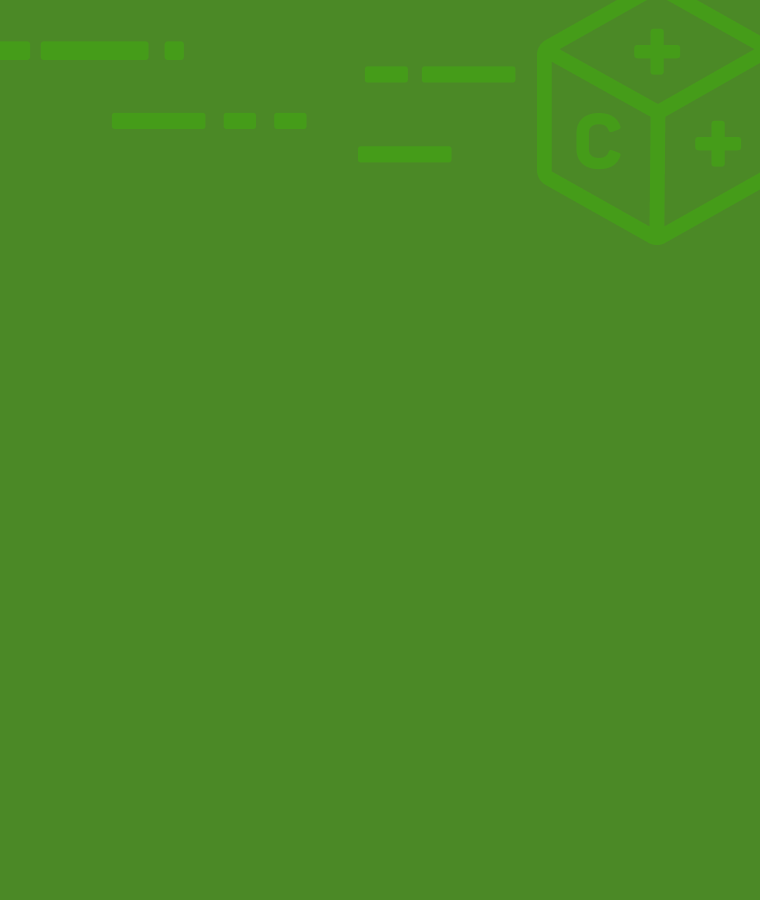
What is boolean logic?
In computer science and mathematics, Boolean logic is a system of logic that operates on binary values: True (1) and False (0). It is a branch of mathematics that is used to find the truth value of a logical expression.
In Boolean logic, there are two possible values for every logical expression. It’ll either be true or false. Boolean logic was invented by George Boole in 1847 and it has been widely applied in computer science. Boolean logic is the basis of all digital computing.
There are three basic operations in Boolean logic:
- AND (represented by the symbol: &)
- OR (represented by the symbol: |)
- NOT (represented by the symbol: !)
Boolean logic is used to analyze and manipulate logical expressions and statements. It is the basis of modern digital computers and programming languages. The computer can use logic gates and Boolean operators to obtain a result that can be used for further processing.
Lets understand the boolean operators one by one:
The AND Operator
- The AND operation takes two input values and produces an output of true only if both input values are true.
- The AND operator considers both terms in the logical operation or search, which means that both terms should appear in each item returned by the search. If one term is in the searched material but the other is not, the item will not be included in the result.
- For example, the expression (A AND B) is true only if both A and B are true.
- A real life example: if a user searches for (rose AND jasmine), the system will assume that the user is looking for results containing both the words and not just one of them.
The OR Operator
- The OR operation takes two input values and produces an output of true if either of the input values is true.
- The OR operator considers either term in the operation or search. If either term is contained in the material that is being searched, it will be included in the search results.
- For example, the expression (A OR B) is true if either A or B is true, or if both are true.
- A real life example: if the search term is (pear OR apple), the system will search for and display results that contain either pear or apple.
The NOT Operator
- The NOT operation takes a single input value and negates it.
- This operator will result in the first term being searched. Any records containing the term after the operator will not appear in the results.
- Purposes are to exclude specific terms from the search.
- Example: the expression (NOT A) is true if A is false, and false if A is true.
How is Boolean logic used in digital computing?
Boolean logic is a fundamental concept in digital computing and is used in many different ways. Some examples of how Boolean logic is used in digital computing include:
- Control flow: Boolean logic is often used to control the flow of a program. For example, an if statement might use a Boolean expression to determine whether a certain block of code should be executed.
- Data validation: Boolean logic can be used to validate data. For example, a program might use a Boolean expression to check whether a user has entered a valid email address.
- Data manipulation: Boolean logic can be used to manipulate data. For example, a program might use a Boolean expression to determine whether a certain bit in a binary number should be set to 0 or 1.
- Circuit design: Boolean logic is also used in the design of digital circuits, such as those found in computer processors and other electronic devices. These circuits use transistors and other components to perform logical operations on binary data.
- Decision making: Boolean logic is often used in computer systems to make decisions based on the truth or falsity of certain conditions. For example, a computer might use Boolean logic to determine whether to send an email or perform some other action based on the presence or absence of certain data.
- Data analysis: Boolean logic can be used to filter and manipulate data, such as finding all records in a database that meet certain criteria. For example, a company might use Boolean logic to find all customers who have made a purchase in the last month and live in a specific city.
Other things to know when using Boolean logic
There are many different topics related to Boolean logic that are important to understand in order to effectively use and apply this concept in computer programming and digital computing.
- De Morgan’s laws: These laws are a set of rules that describe how to manipulate logical expressions using the NOT, AND, and OR operators. They are often used to simplify and rearrange logical expressions in order to make them easier to understand and work with.
- Truth tables: A truth table is a tool used to represent the possible combinations of inputs and outputs for a Boolean function.
- Boolean functions: These are functions that take one or more input values and return a true/false result based on the truth or falsity of a logical expression. Boolean functions are an important tool for organizing and encapsulating logical operations in computer programs.
- Karnaugh maps: A Karnaugh map is a graphical tool used to simplify Boolean expressions and minimize the number of terms in a logical expression.
- Boolean circuits: These are digital circuits that are designed to perform logical operations on binary data. They are an important component of computer processors and other electronic devices and are used to perform a wide range of tasks in digital computing.
- Boolean satisfiability (SAT) problem: This is a problem in computer science that involves determining whether a logical expression can be satisfied (evaluated as true) using a given set of variables and constraints. The SAT problem is an important topic in theoretical computer science and has a wide range of practical applications.


